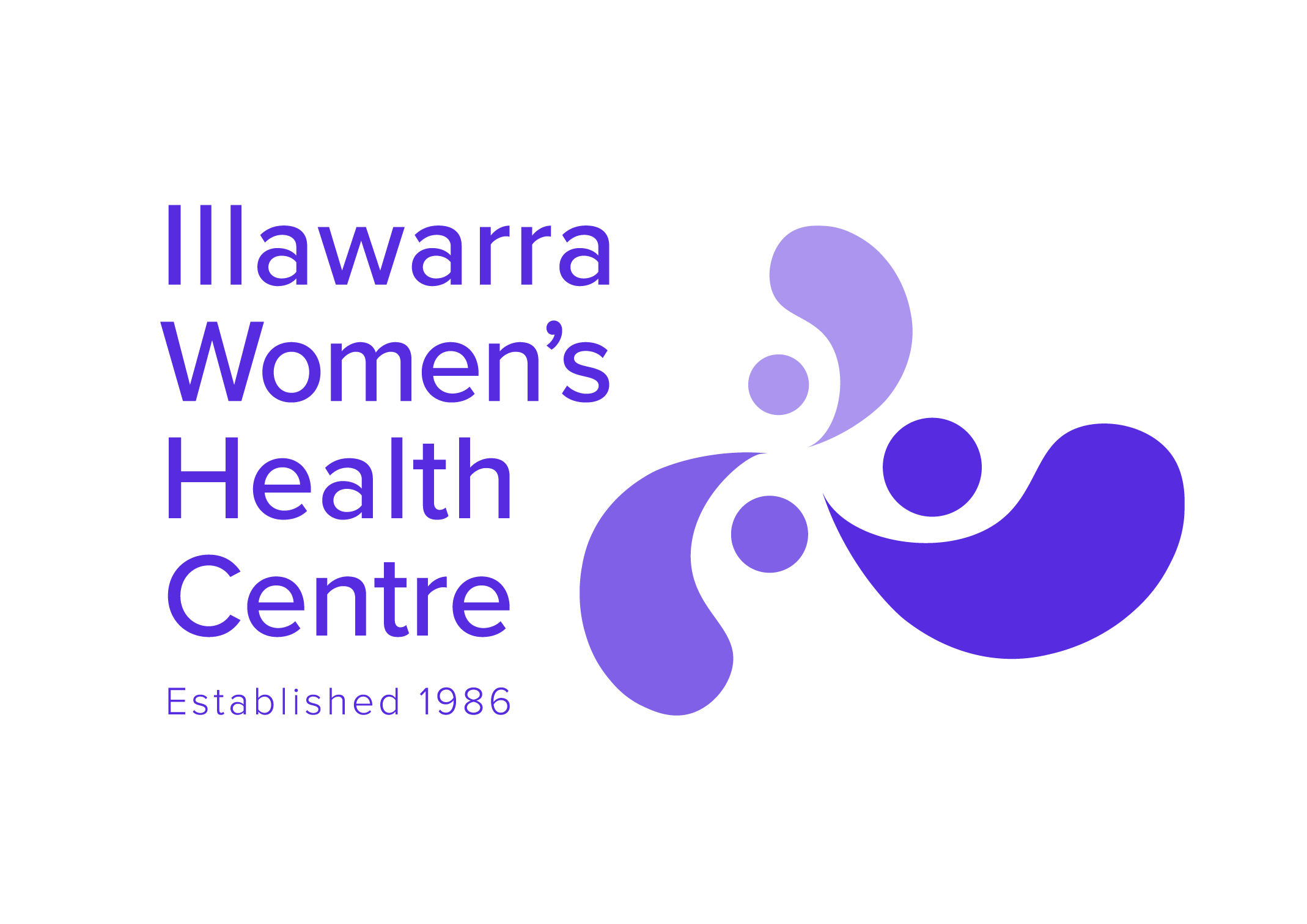Let’s face it: bladder control isn’t something we tend to talk about openly.
It’s personal, sometimes embarrassing, and often dismissed as “just part of getting older.” But the truth is, it’s incredibly common, especially for women after menopause.
Nearly half of women over the age of 70, according to Continence Foundation Australia, experience some form of urinary incontinence.
At a recent session at the Illawarra Women’s Health Centre, Women’s Health Nurse Practitioner Editt Melgarejo offered a thoughtful and down-to-earth overview of how the bladder works, what’s considered normal, and the many ways women can support their bladder health.
“It might be common, but that doesn’t mean it’s normal or something you just have to live with,” she said. “There’s always something we can do to help.”
What does the bladder normally do?
The bladder’s two main jobs are to store urine and empty it completely when we go to the toilet. On average, the bladder can comfortably hold between 300 to 600 ml of urine. We usually get the first urge to go when there’s around 200 ml – about a cup.
The bladder sends messages to the brain through the spine, letting us know when it’s filling. The brain then decides whether it’s a good time to go or not. If it’s not, the brain can tell the bladder to wait.
How often should we go?
It’s normal to visit the bathroom four to seven times a day and up to once or twice at night, especially after the age of 65. There should be no pain, urgency, or leakage. You should feel your bladder emptying in one steady stream, usually taking up to a minute.
If you need to go again just after finishing, it might mean you didn’t fully empty your bladder.
“If you pee and then need to go again right away, try ‘double voiding.’ Stand up, sit again, lean forward. Rock a little. It helps get the last bit out. Sometimes we think we’ve emptied, but we haven’t,” she said.
What can affect bladder control?
Bladder control issues are very common, particularly in women post-menopause. Hormonal changes, childbirth, muscle weakness, certain medical conditions (like diabetes or Parkinson’s), and medications can all affect how well the bladder functions.
There are different types of incontinence, including:
- Stress incontinence: leakage when coughing, laughing, or lifting
- Urge incontinence: sudden, intense urge to go
- Overflow incontinence: not fully emptying the bladder
- Mixed incontinence: a combination of types
What can you do to support your bladder health?
Nurse Editt recommended some key strategies:
- Drink 1.5 to 2 litres of water a day (unless advised otherwise).
- Avoid going “just in case,” which can create bad habits.
- Limit caffeine and alcohol, which can irritate the bladder.
- Strengthen pelvic floor muscles with regular exercises.
- Use proper toilet posture – sit down fully, lean forward, and take your time.
Finally, if you have ongoing concerns, don’t put up with them quietly. Talk to your GP or book a continence assessment with the Illawarra Women’s Health Centre.
“There’s always something we can try,” Nurse Editt said. “That’s what we’re here for.”
Contact us on 4255 6800 to find out more.

